
John Kable (1843-1881), St. Paul Lutheran Cemetery, Liberty Twp, Mercer County, Ohio (2025 photo by Karen)
This is the tombstone of John Kable, located in row 5 of St. Paul Lutheran Cemetery, Liberty Township, Mercer County, Ohio. The marker is inscribed:
John Kable
Gest.
12 Nov 1881
Alter
37 J. 11 M. 12 T.
John Kable died 12 November 1881, aged 37 years, 11 months, 12 days.
The marker is nearly unreadable now, but I am using the reading done by Mercer County Chapter OGS in 1990. The carved hand with a finger pointing toward heaven is still quite visible.
John Kable was born in Eschringen, Bavaria, on 1 December 1843, the son of Christian Kable (Sr) (1814-1885) and Dorothea (Maurer) Kable (1815-1904). John’s parents were natives of Germany who married there in 1840, where four of their children were born. The family immigrated to America in 1846, settled in Liberty Township, Mercer County, Ohio, and attended St. Paul Lutheran Church, Liberty Township, where John was baptized and confirmed. [1]
The Christian Kable family, enumerated in the 1850 census: Christian, 38; Theresia, 63 [sic]; Jacob, 10; Christian, 8; Louisa, 8; John, 7; Philip, 7 months. All were reportedly born in Germany except for John and Philip, [2] but St. Paul Liberty’s records indicate that John was born in Germany. Christian was a farmer.
The Christian Kable family in 1860: Christian, 47; Dorothea, 46; Jacob, 20; Christian, 19; Louisa, 19; John, 16; Philip W, 12; and Katharine, 5. [3]
John Kable married Margaret Martha Deitsch in Mercer County on 4 February 1869, married by St. Paul Liberty’s pastor Rev. George Heintz. [4] Margaret was the daughter of John Jacob Deitsch (1814-1859) and Catharine (Deitsch) Deitsch (1821-1900).
The John Kable family in 1870: John, 26, Prussia; Margaret, 25, Ohio; John Kable, 2 mo, Ohio; Emma Gibson, 8, Illinois. John (Sr) was a farm renter. [5]
By 1880 John Kable, 36, and his wife Margaret, 35, had five children: John P, 10; Sophia, 8; Christian H, 6; Jacob, 4; and William, 9 months. John (Sr) was a farmer and son John P. worked on the farm. [6]
John Kable died from a sickness on 12 November 1881, at age 37 years, 11 months, and 12 days. He was buried on the 14th. His brother Philip Kable was the administrator of his estate in Mercer County, appointed 26 November 1881.
John is buried next to his parents in St. Paul Liberty Cemetery.

Christian & Dorothea (Maurer) Kable (parents), left, John Kable (son), right, St. Paul Lutheran Cemetery, Liberty Twp, Mercer County, Ohio (2025 photo by Karen)
John was survived by his widow Margaret, and 5 children under 15 years of age, John, Sophia, Christ, Jacob, and William/Willy.
Widow Margaret (Deitsch) Kable never remarried and died in Mercer County on 6 September 1925. She is also buried in row 5 of St. Paul Liberty’s cemetery, a few stones from her husband John.
John and Margaret (Deitsch) Kable had the following children:
John P Kable (1870-1961), married Anna D. Weitz
Sophia Kable (1872-1977), married William A Bock
Christian Henry Kable (1874-1941), married Luvella “Lula” Fredericka Schmidt
Jacob Kable (1876-1970), married Bertha Helen Linn
William Henry Kable (1879-1948), married Elizabeth Katharine Anselman
[1] Familienbuch, St. Paul Lutheran Church, Liberty Township, Mercer County, Ohio, Christian Kable family, p. 24. And the marriage record of John Kable and Margaret Deitsch, St. Paul Liberty’s records, p.230, both indicate that John was the son of Christian and Dorothea Kable and Margaret was the daughter of John Jacob and Catharine Deitsch.
[2] 1850 U.S. Census, Ohio, Mercer, Liberty, p.287A, dwelling 19, family 20, Christian Kablea [sic]; Ancestry.com.
[3] 1860 U.S. Census, Ohio, Mercer, Liberty, p.356, dwelling 971, family 976, Christ Kable; Ancestry.com.
[4] Ohio, U.S. County Marriage Records, 1774-1993, Mercer, Vol. 1861-1887, p. 212, John Kable & Martha [sic] Deitsch, 4 Feb 1869; Ancestry.com.
[5] 1870 U.S. Census, Ohio, Mercer, Liberty, p.146A, dwelling 63, family 58, John Kable, Ancestry.com.
[6] 1880 U.S. Census, Ohio, Mercer, Liberty, ED 188, p.481A, dwelling 175, family 183, John Kable; Ancestry.com.


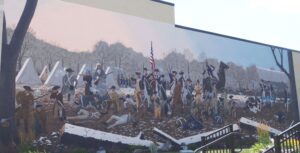

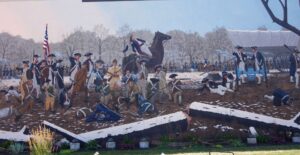
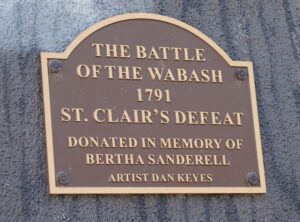
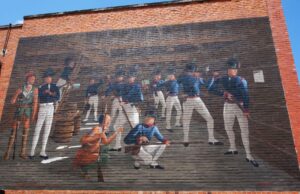
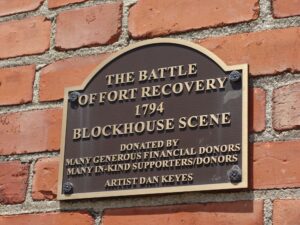
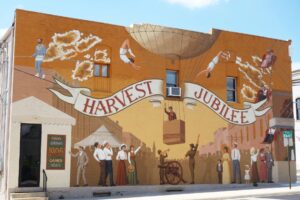
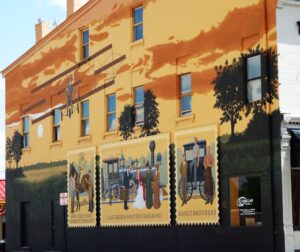





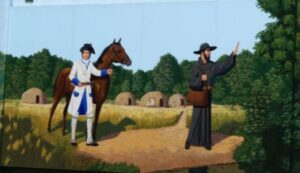





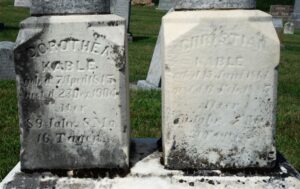




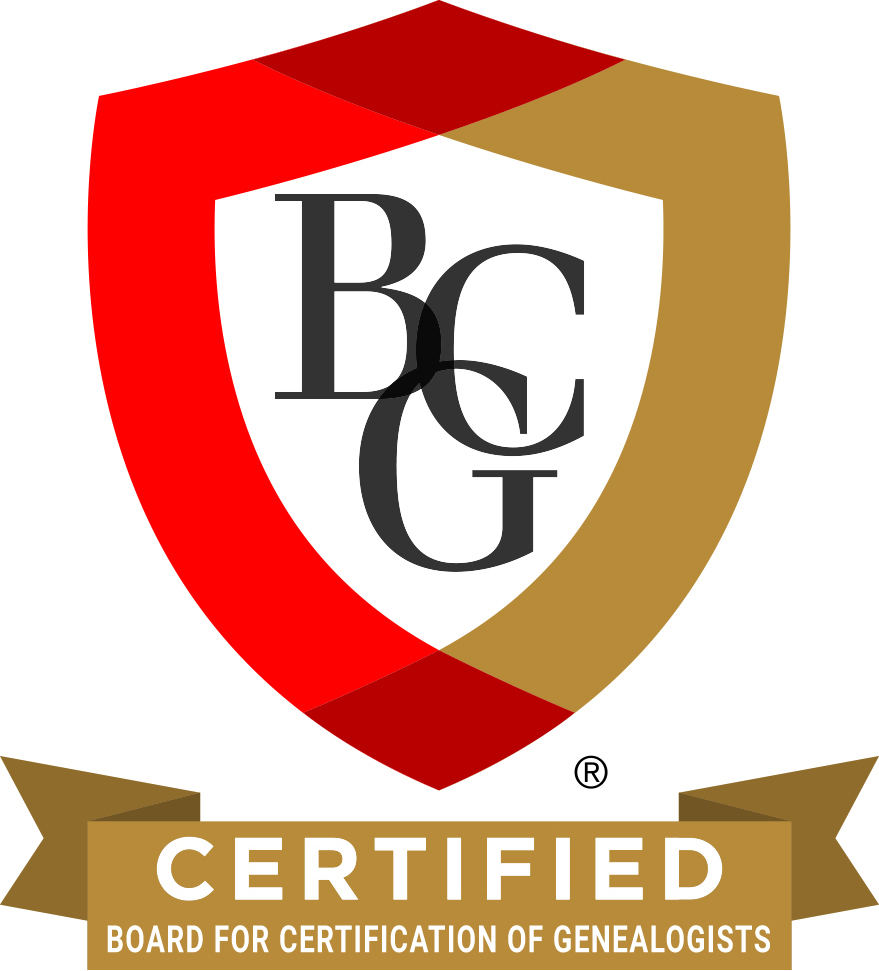
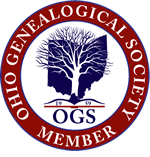

You are welcome!
You're welcome, Karen. I'm still working on this also. Thank you so much for all of your wonderful Mercer County…
Very interesting and great picture (I had neersee before) of the church! Thanks for sharing this, Karen.
Ha! I see why you say that. Your original surname was probably something similar to Schmitt.
Thank you for letting me know.